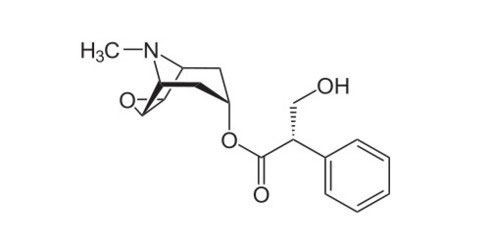Ethnobotanical use
Scopolia carniolica fascinated Slavic people in medieval Europe for generations. It was considered magical and often associated with witchcraft, but was also used cosmetically and as an anaethesetic.
Extracts of its rhizomes were known to cause hallucinations - particularly the sensation of flying. Hence the plant was regarded as magical and was often associated with witchcraft.
The sedative effect of Scopolia was also used by early surgeons in primitive anaesthesia.
Medieval women used it to cause mydriasis - prolonged dilatation of the pupil - a condition which, at the time, was considered attractive. Another solanaceous plant used in the same way was called belladonna - ‘a beautiful woman’.
Scopolia was also used as an ingredient of ‘truth serums’ that were administered by spies to extract vital information from their counterparts.
The active ingredient of Scopolia extracts has been identified and named scopolamine. This chemical compound - from the group known as tropane alkaloids - has an anticholinergic effect on the nervous system. It blocks nerve impulses through the parasympathetic nerves. Scopolamine is used today to treat motion sickness.
